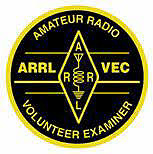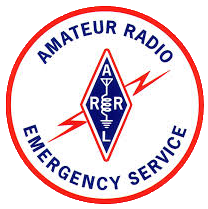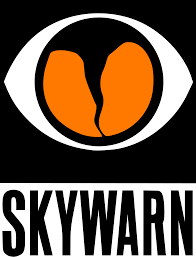We've been covering various digital modes over the past few months, particularly PSK, APRS & Winlink.
While digital voice modes like D-Star, Fusion, and others offer some other EMCOMM related enhancements to our conventional analog modes, the real improvement in our ability to communicate comes from our ability to automate various functions and communicate complex data more efficiently, digital modes that allow us to harness the power of computers.
While operators tended to deploy more as "shadows" of key personnel like ambulance drivers, police, fire, or shelter employees in decades gone by, the growing ability of local, state, and federal agencies to interoperate has virtually eliminated the need for such services.
As a result, our mission required change, and are still changing. Communities with active Community Emergency Response Teams (CERT) often embed amateur radio operators as members, serving as a CERT member, enhancing their team with additional communication capabilities. Amateur Radio operators have been included in Search and Rescue (SAR) and Damage Assessment teams during disasters as well.
Deployments with teams are perfect environments to utilize APRS as a supplement to voice communications. APRS allows for real-time tracking of location, as well as short tactical messages. Simple APRS clients can provide real-time visual representation of team deployments even when internet is completely unavailable.
Beyond team deployments, there will also be deployments to the Emergency Operations Center (EOC), Hospital(s), and emergency shelters. In each of these locations there will often be the need to communicate more complex data such as shelter occupant lists, supply requests, and even person-to-person emails with tactical and strategic communications as well as "Health and Welfare" messages to & from shelter occupants and family outside the disaster area.
In these more complex environments Winlink, PSK, and other digital modes provide the ability to more easily communicate larger and more complex information without the need for transcription or handwriting interpretation. This results in a more robust and timely response to needs during a disaster.
In conclusion, digital communication is more than just some neat "gee-whiz" technology to play with, it offers a way for amateur radio to redefine our mission to better meet the changing needs of our served agencies during emergencies.




